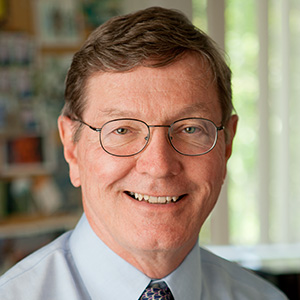
While the world has been turned upside down by the coronavirus pandemic, the virus poses an increased threat to people with Parkinson’s disease (PD). Having a compromised immune system, particularly involving the lungs, means people with PD are at higher risk of some of the more dangerous complications of COVID-19. So, this seems like an appropriate time for CIRM to hold a special Facebook Live “Ask the Stem Cell Team” About Parkinson’s disease.
We are holding the event on Tuesday, May 5th at noon PDT.
The initial reason for the Facebook Live was the CIRM Board approving almost $8 million for Dr. Krystof Bankiewicz at Brain Neurotherapy Bio, Inc. to run a Phase 1 clinical trial targeting PD. Dr. Bankiewicz is using a gene therapy approach to promote the production of a protein called GDNF, which is best known for its ability to protect dopaminergic neurons, the kind of cell damaged by Parkinson’s. The approach seeks to increase dopamine production in the brain, alleviating PD symptoms and potentially slowing down the disease progress.
Dr. Bankiewicz will be joined by two of CIRM’s fine Science Officers, Dr. Lila Collins and Dr. Kent Fitzgerald. They’ll talk about the research targeting Parkinson’s that CIRM is funding plus other promising research taking place.
And we are delighted to have a late addition to the team. Our CIRM Board member and patient advocate for Parkinson’s disease, Dr. David Higgins. David has a long history of advocacy for PD and adds the invaluable perspective of someone living with PD.
As always, we want this to be as interactive as possible, so we want to get your questions. You can do this on the day, posting them alongside the live feed, or you can send them to us ahead of time at info@cirm.ca.gov. We’ll do our best to answer as many as we can on the day, and those we don’t get to during the broadcast we’ll answer in a later blog.
We look forward to seeing you there.











